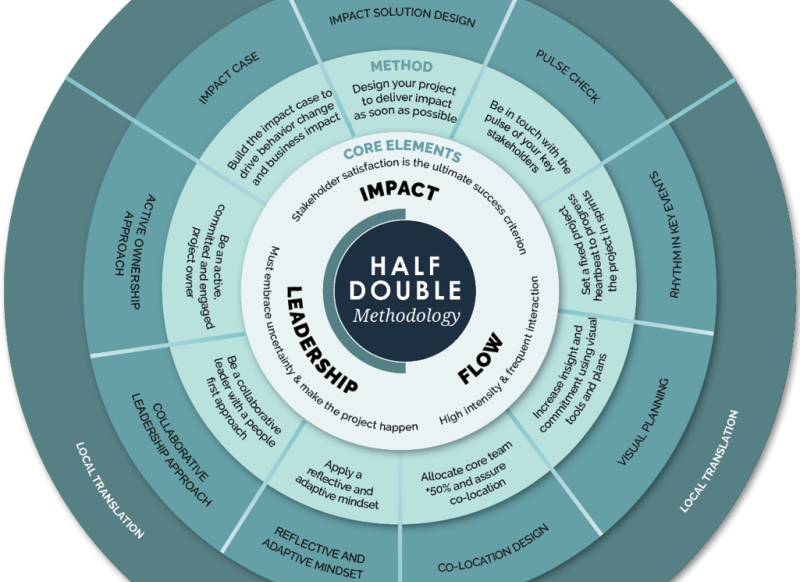Hadeel Al-Jurani: Impact Cases as a Game Changer for IT Decision-Making
Can you start by introducing yourself and your role?
My name is Hadeel Al-Jurani, and I’m an IS Business Consultant at Grundfos. I’m part of the IT Business Partners team, which consists of eight people. Most of the team members serve as IT partners for specific business divisions, managing the entire IT portfolio in their area. I work more cross-functionally and have a dedicated responsibility for facilitating impact cases in the organization – particularly in connection with new IT needs and projects.
What is an impact case in your context?
An impact case is a way to clarify what we want to achieve with an initiative before we decide whether it should become a project. It’s typically used in a pre-project phase when a request or idea comes in from the business. We use the impact case to uncover the real need. What value are we aiming to create? What changes will this require in the organization?
And sometimes, just by asking those questions, the business realizes that the organization isn’t ready, the need isn’t big enough, or it can actually be fulfilled much more easily and cheaply without developing a costly technical solution.
How is the impact case different from what you used to do?
Previously, we had something called "business clarification" as a step in our process, but there wasn’t a real method behind it. So it was quite ad hoc and maybe even a bit subjective in terms of which initiatives got attention. We lacked structure and transparency in our prioritizations.
In addition, there was often a strong focus on the technical IT solution from the start, and not so much on the business needs and the value we wanted to create.


